Fahad Alhomayani
Deep Learning Methods for Fingerprint-Based Indoor Positioning: A Review
May 30, 2022Abstract:Outdoor positioning systems based on the Global Navigation Satellite System have several shortcomings that have deemed their use for indoor positioning impractical. Location fingerprinting, which utilizes machine learning, has emerged as a viable method and solution for indoor positioning due to its simple concept and accurate performance. In the past, shallow learning algorithms were traditionally used in location fingerprinting. Recently, the research community started utilizing deep learning methods for fingerprinting after witnessing the great success and superiority these methods have over traditional/shallow machine learning algorithms. This paper provides a comprehensive review of deep learning methods in indoor positioning. First, the advantages and disadvantages of various fingerprint types for indoor positioning are discussed. The solutions proposed in the literature are then analyzed, categorized, and compared against various performance evaluation metrics. Since data is key in fingerprinting, a detailed review of publicly available indoor positioning datasets is presented. While incorporating deep learning into fingerprinting has resulted in significant improvements, doing so, has also introduced new challenges. These challenges along with the common implementation pitfalls are discussed. Finally, the paper is concluded with some remarks as well as future research trends.
OutFin, a multi-device and multi-modal dataset for outdoor localization based on the fingerprinting approach
May 30, 2022Abstract:In recent years, fingerprint-based positioning has gained researchers attention since it is a promising alternative to the Global Navigation Satellite System and cellular network-based localization in urban areas. Despite this, the lack of publicly available datasets that researchers can use to develop, evaluate, and compare fingerprint-based positioning solutions constitutes a high entry barrier for studies. As an effort to overcome this barrier and foster new research efforts, this paper presents OutFin, a novel dataset of outdoor location fingerprints that were collected using two different smartphones. OutFin is comprised of diverse data types such as WiFi, Bluetooth, and cellular signal strengths, in addition to measurements from various sensors including the magnetometer, accelerometer, gyroscope, barometer, and ambient light sensor. The collection area spanned four dispersed sites with a total of 122 reference points. Each site is different in terms of its visibility to the Global Navigation Satellite System and reference points number, arrangement, and spacing. Before OutFin was made available to the public, several experiments were conducted to validate its technical quality.
Oversampling Highly Imbalanced Indoor Positioning Data using Deep Generative Models
Aug 30, 2021
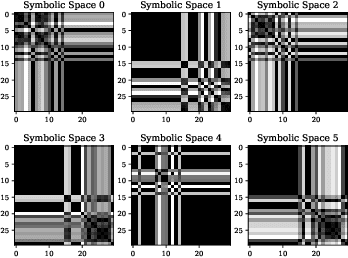
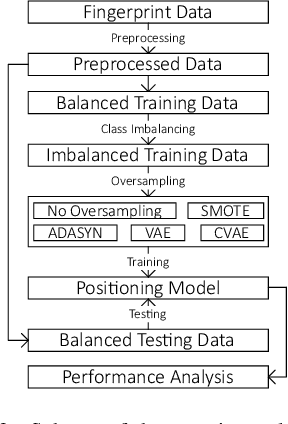
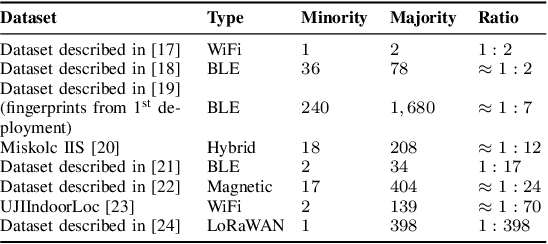
Abstract:The location fingerprinting method, which typically utilizes supervised learning, has been widely adopted as a viable solution for the indoor positioning problem. Many indoor positioning datasets are imbalanced. Models trained on imbalanced datasets may exhibit poor performance on the minority class(es). This problem, also known as the "curse of imbalanced data," becomes more evident when class distributions are highly imbalanced. Motivated by the recent advances in deep generative modeling, this paper proposes using Variational Autoencoders and Conditional Variational Autoencoders as oversampling tools to produce class-balanced fingerprints. Experimental results based on Bluetooth Low Energy fingerprints demonstrate that the proposed method outperforms SMOTE and ADASYN in both minority class precision and overall precision. To promote reproducibility and foster new research efforts, we made all the codes associated with this work publicly available.
Deep Learning-based Symbolic Indoor Positioning using the Serving eNodeB
Sep 28, 2020
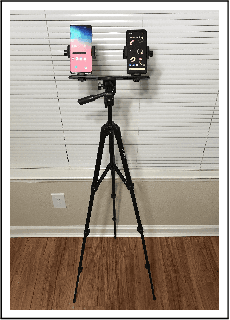

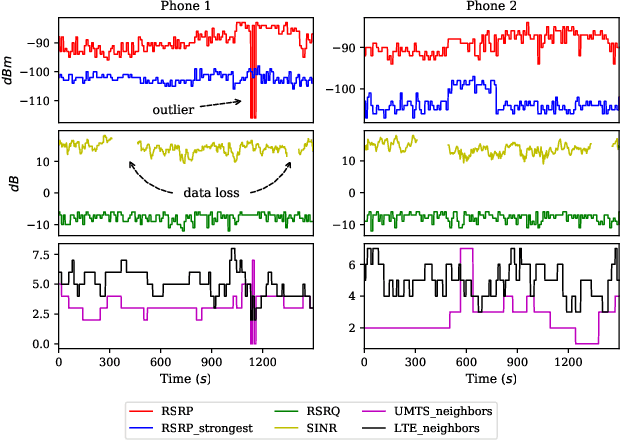
Abstract:This paper presents a novel indoor positioning method designed for residential apartments. The proposed method makes use of cellular signals emitting from a serving eNodeB which eliminates the need for specialized positioning infrastructure. Additionally, it utilizes Denoising Autoencoders to mitigate the effects of cellular signal loss. We evaluated the proposed method using real-world data collected from two different smartphones inside a representative apartment of eight symbolic spaces. Experimental results verify that the proposed method outperforms conventional symbolic indoor positioning techniques in various performance metrics. To promote reproducibility and foster new research efforts, we made all the data and codes associated with this work publicly available.
 Add to Chrome
Add to Chrome Add to Firefox
Add to Firefox Add to Edge
Add to Edge